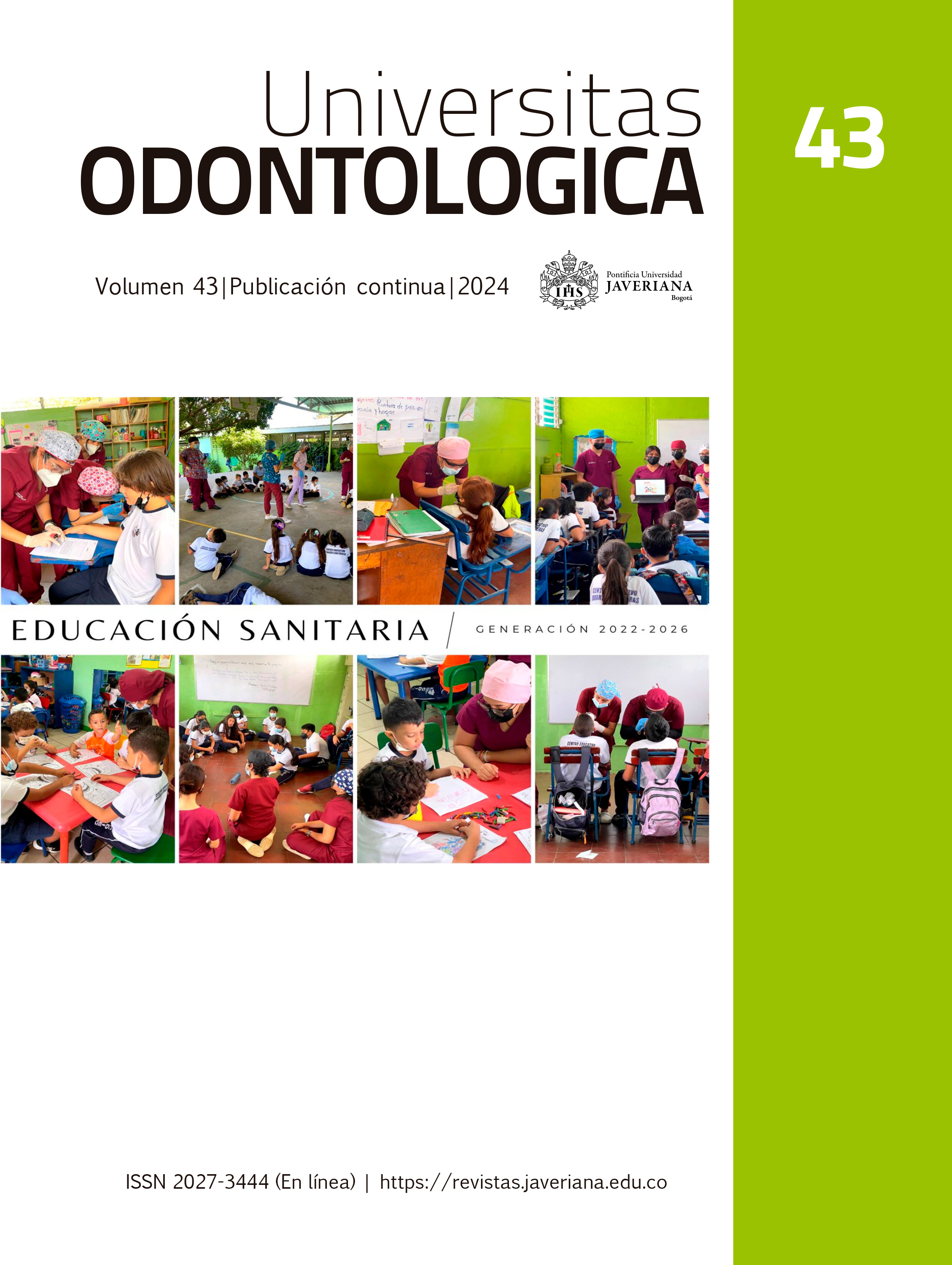Abstract
Background: Modern dentistry focuses on preserving dental structures using treatments that provide strength and are minimally invasive. Occlusal veneers, thin restorations requiring simple preparations, represent conservative alternatives to full crowns. Purpose: To compare the effect of thickness on the fracture resistance of occlusal veneers made from two block polymeric materials. Methods: This experimental in vitro and ex vivo study used 60 healthy premolars extracted for orthodontic purposes, divided into six groups (N=10) based on the resin used: Crios® (Coltene) and Tetric CAD® (Ivoclar Vivadent), with three thicknesses (i.e., 0.4 mm, 0.6 mm, and 0.8 mm). A standardized dental preparation simulated advanced occlusal erosion. Veneers were fabricated using digital scans with an Omnicam® scanner (Dentsply Sirona), CAD-CAM design, and milling with a Cerec InLab MC X5® machine. They were then sandblasted and adhesively cemented with Relyx U200®. Fracture resistance tests were conducted on a universal testing machine (p < 0.05). Results: Significant differences were observed in nine groups. Tetric CAD® at 0.8 mm showed the highest resistance (1790 N and 149.2 MPa), while Crios® at 0.4 mm showed the lowest resistance (1053.8 N and 87.8 MPa). All groups withstood average forces between 1000 N and 1800 N. Conclusions: Both Tetric CAD® and Brilliant Crios® are viable options for minimally invasive rehabilitation. At lower thicknesses (0.4 mm), Tetric CAD® performed better. Increasing thickness (0.8 mm) improved resistance but also raised the risk of fracture.

This work is licensed under a Creative Commons Attribution 4.0 International License.
Copyright (c) 2024 Carlos Arturo García Aycardi, Gustavo Alberto Ramírez Fuentes, Juan Carlos Vergel Rodríguez, Edgar Enrique García Hurtado, Adriana Rodríguez Ciódaro



